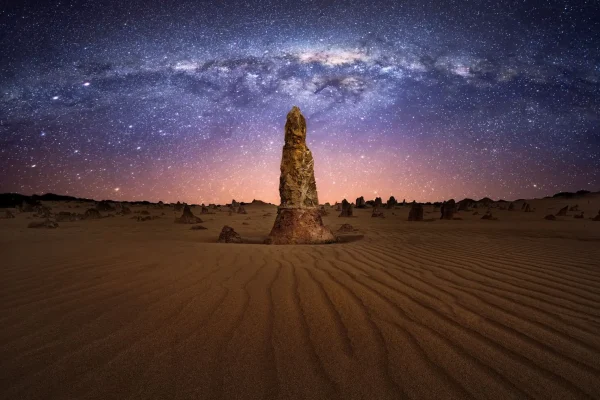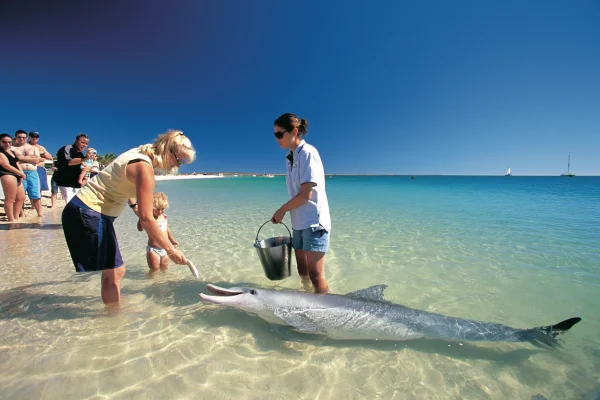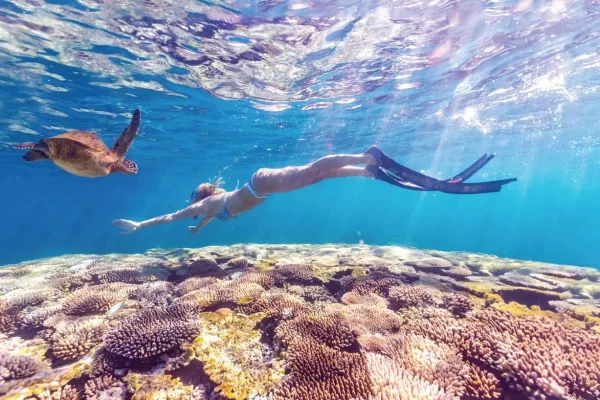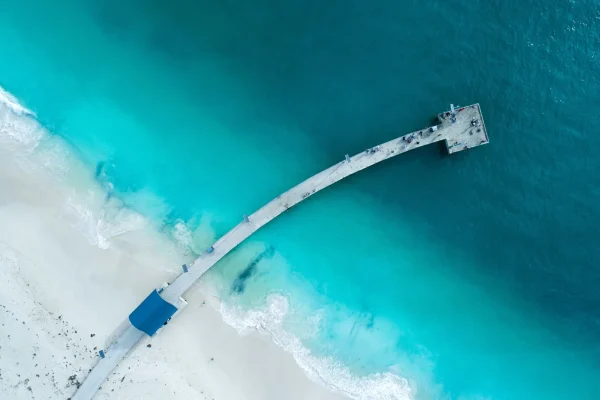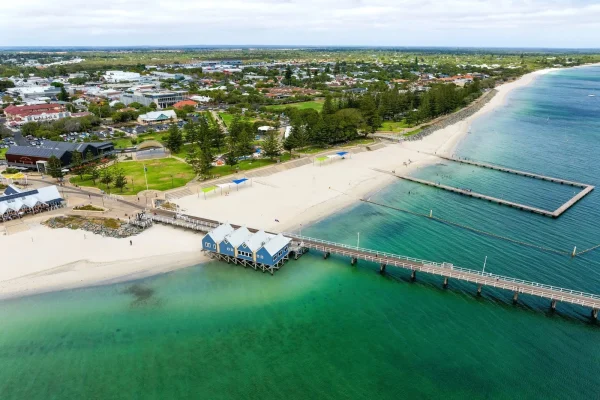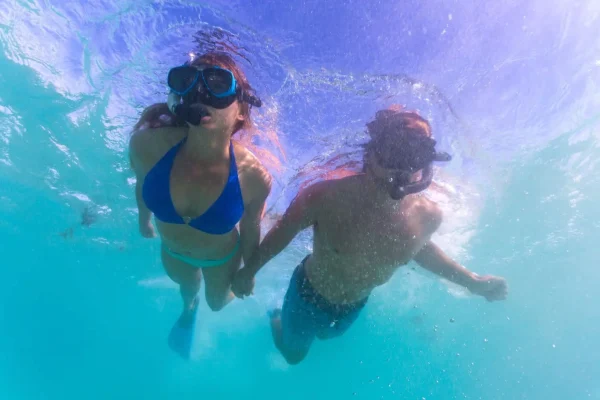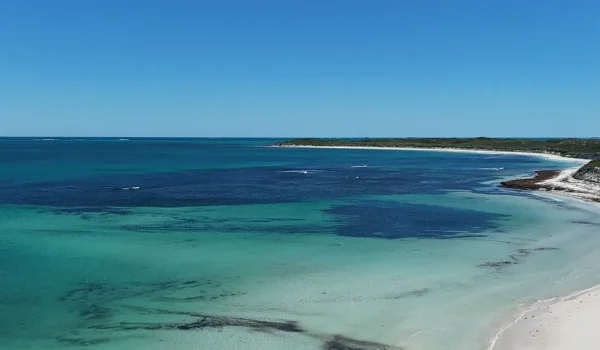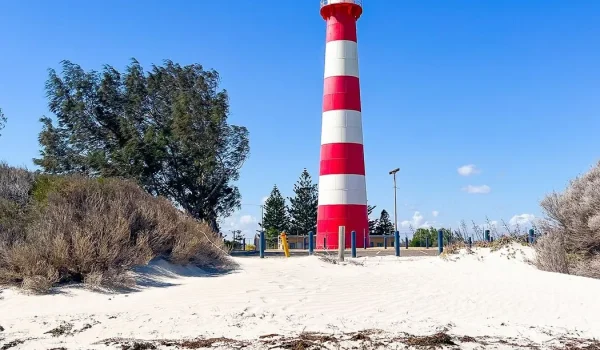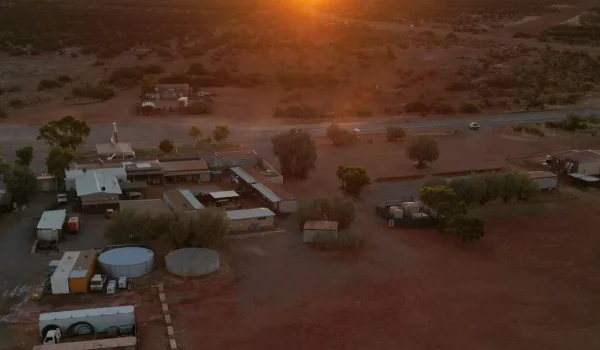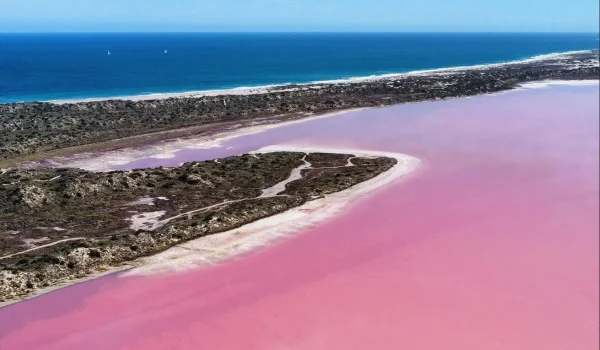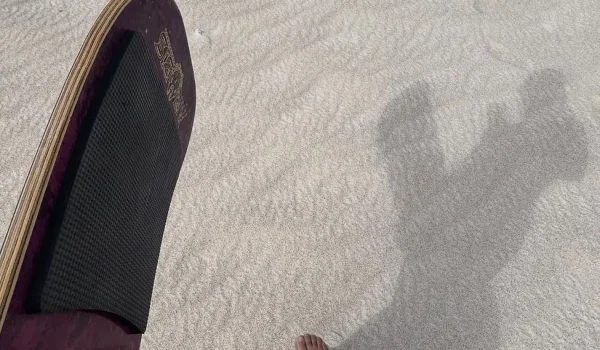Western Australia is more than just a big space on the map; it’s a vast, living land where the Indian Ocean laps against desert dunes, where ancient rocks meet thriving Aboriginal communities, and where the distances stretch your imagination as much as your tyres. I’m Paul Beames, and this article — Western Australia: A Traveller’s Guide — is my honest take on the state I’ve worked, driven, and guided across.
From the South West with its premium wine and ancient caves, to the Kimberley region with its boab trees and crocodile rivers, this yarn covers what you need to know: the scale, the seasons, the local produce, and the cultural realities. Respecting Traditional custodians and First Nations peoples is a non-negotiable when travelling here, and you’ll see their stories woven into the land — whether in Kings Park’s Bilya Marlee centre for Indigenous education, or in the rock art of the King Leopold Ranges.
Size Matters: Wa’s Scale
At 2.6 million square kilometres, Western Australia isn’t just big — it’s continental. The Yilgarn Block, one of the oldest pieces of Earth’s crust, forms its geological heart, while deserts like the Great Sandy Desert stretch endlessly north.
To put it bluntly, Perth to Exmouth Gulf for Ningaloo Marine Park is 1,250 kilometres. Perth to Lake Argyle in the Kimberley? More than 3,000 kilometres. Even a “quick trip” across the Nullarbor Plain into South Australia is a 1,200-kilometre endurance test.
Key travel distances in Western Australia:
| Route | Distance (km) | Drive Time | Notes |
|---|---|---|---|
| Perth to Broome | 2,240 | 24 hrs | Gateway to Kimberley region |
| Perth to Exmouth Gulf | 1,250 | 13 hrs | Whale Sharks at Ningaloo |
| Perth to Esperance | 720 | 8 hrs | South West & Nullarbor access |
| Gibb River Road | 660 | 2–7 days | 4WD only, Kimberley classic |
It’s not about “SIGN IN” for a quick holiday package. It’s about planning, respecting distance, and choosing your slice of WA carefully.
Perth And The Southwest Corner
Perth is WA’s travel hub, where flights land and travellers spread out. It’s a city of contrasts: engineering and computer science students filling the University of Western Australia lecture halls, political science debates at Parliament, and locals enjoying sundowners on Cottesloe Beach.
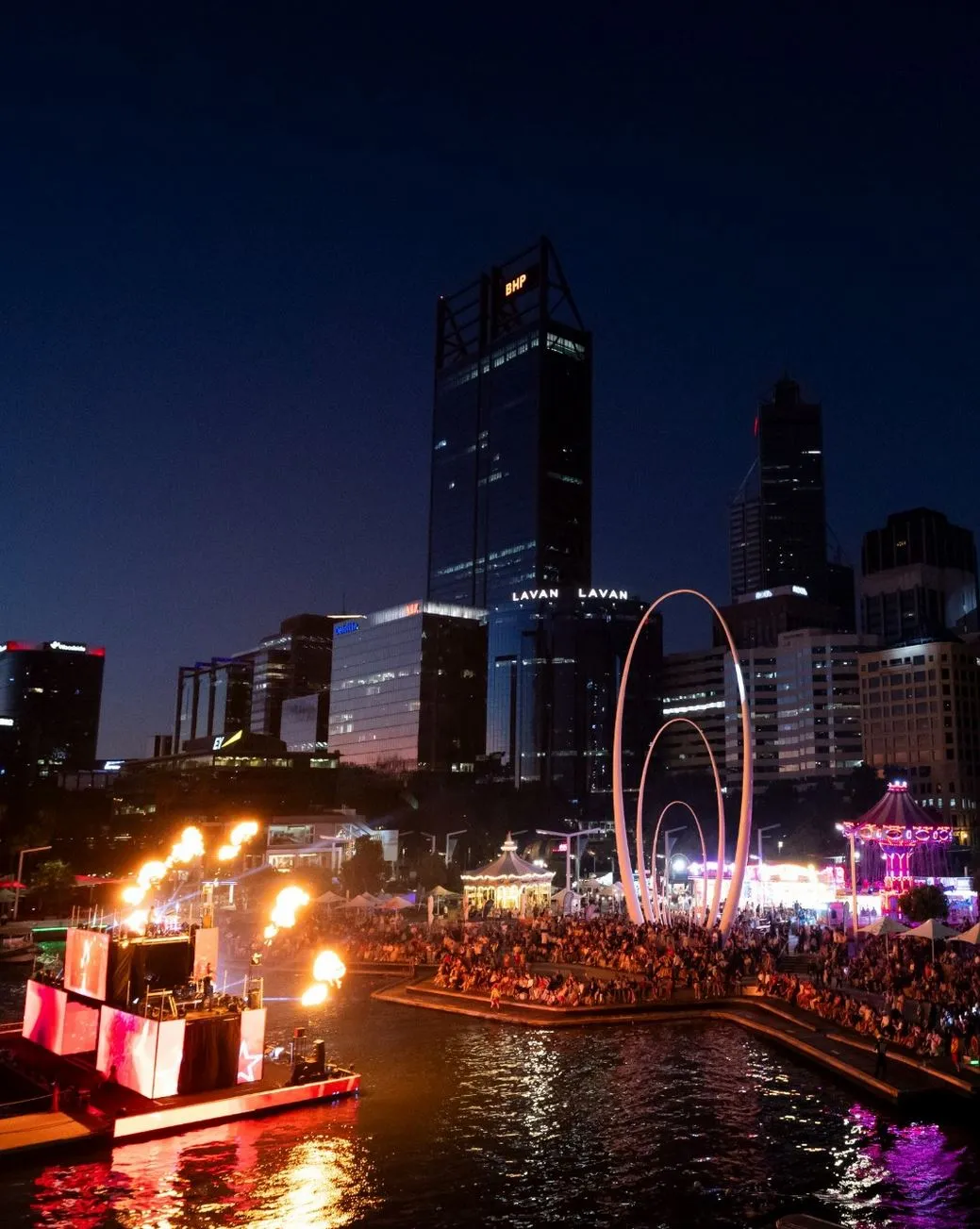
Top city experiences:
- Kings Park: Home to Bilya Marlee, a centre honouring Aboriginal peoples and Indigenous education, plus views over the Swan River.
- WA Museum Boola Bardip: Showcasing maritime history, WA Australian wildlife, and stories of First Nations peoples.
- Swan Valley: A short drive away, with local produce markets and cellar doors.
Head south and you hit the Margaret River Region — Australia’s answer to Napa, but with better surf. Premium wine, Forest Rise Chalets, and spa stays like Chimes Spa Retreat or Cape Lodge make it indulgent. Add ancient caves and the South West Nature and Wine Drive, and you’ve got a weekend itinerary that swings from surfing to fine dining.
Bunbury’s Dolphin Discovery Centre adds a family-friendly twist, where kids can learn about marine life and meet wild dolphins responsibly. Further down, the South West is dotted with COMO The Treasury Hotels, Rendezvous Hotel Perth Scarborough, and Crown Metropol Perth — the kind of digs where you can swap your dusty boots for a poolside cocktail.
If you want a quirky but memorable day out, consider a Lobster and Lavender tour, where you can taste freshly caught rock lobster on the Coral Coast before wandering fields of blooming lavender that feel a world away from WA’s deserts.
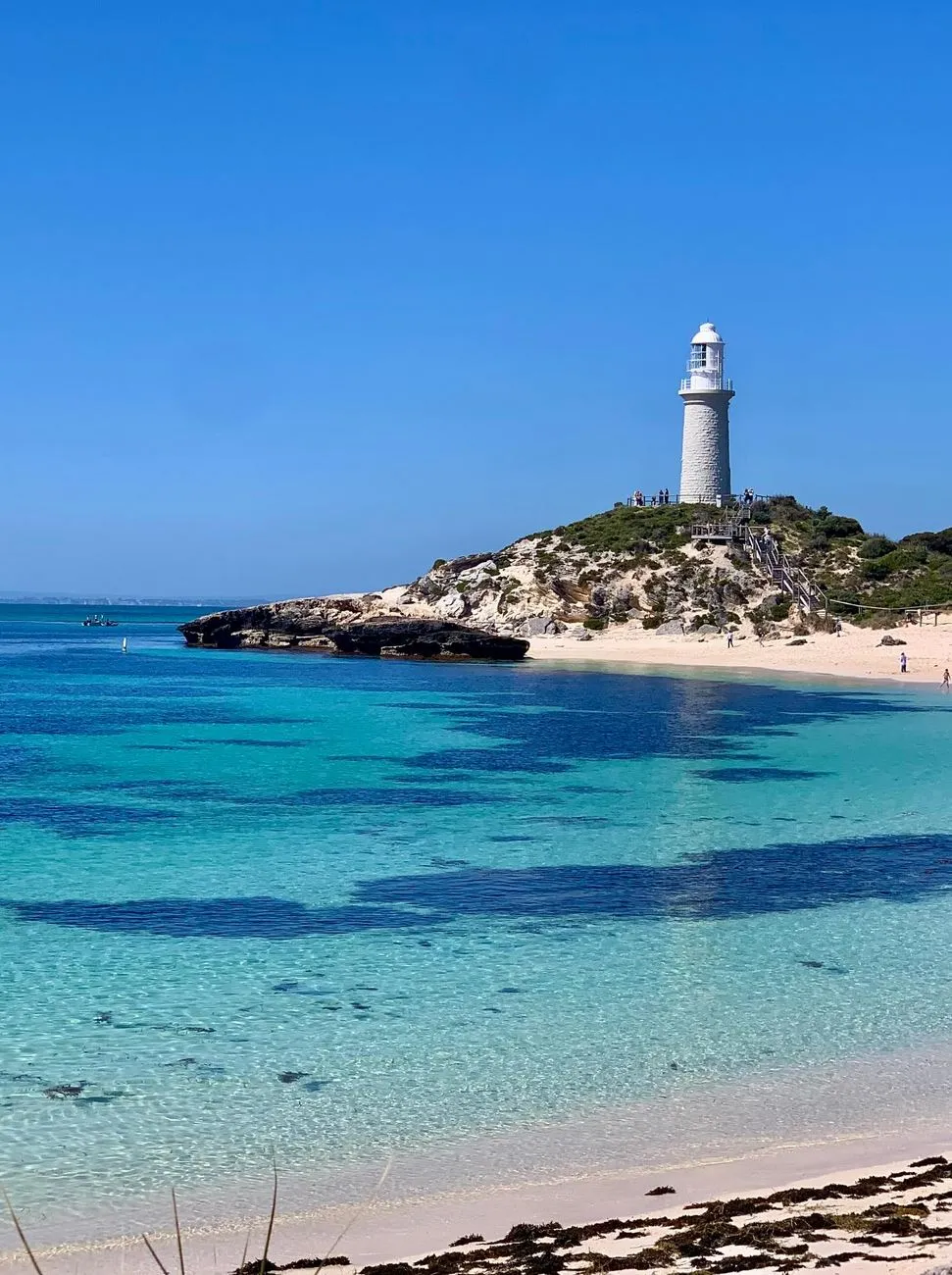
The Coral Coast: Ocean Meets Desert
The Coral Coast is where ocean and outback collide. Just north of Perth, Rottnest Island (Wadjemup) is a ferry hop away — famous for quokkas and sobering Aboriginal history. The Pinnacles in Nambung National Park rise from golden sands like an alien sculpture park.
Jurien Bay and Cervantes serve up crayfish and white sandy beaches, while Kalbarri shows off gorges carved into ancient rock. But the headline act is Ningaloo Marine Park at Exmouth Gulf. Here, swimming with Whale Sharks (March to August) is tightly managed for safety and conservation.
Local’s tips:
- Cervantes for lobster from the Lobster Shack.
- Add an extra day at Ningaloo for manta rays and humpback whales.
- Don’t forget Lake Thetis and the stromatolites.
The Pilbara: Red Earth And Iron Heart
The Pilbara is WA’s industrial engine, but scratch beneath the iron ore and you’ll find one of the most beautiful landscapes in Australia. Karijini National Park is the crown jewel: waterfalls into fern-lined gorges and Mount Meharry — WA’s highest peak — overlooking red spinifex country.
The Pilbara is also home to Aboriginal communities who’ve lived on this land for tens of thousands of years. Visit with respect, take a cultural tour and acknowledge the Traditional custodians.
Pilbara essentials:
- Travel in the dry season — summer is bloody hot (45°C isn’t uncommon).
- 4WD required for road access to gorges like Hancock and Weano.
- Pack a snake bandage — Pilbara snakes are no joke.
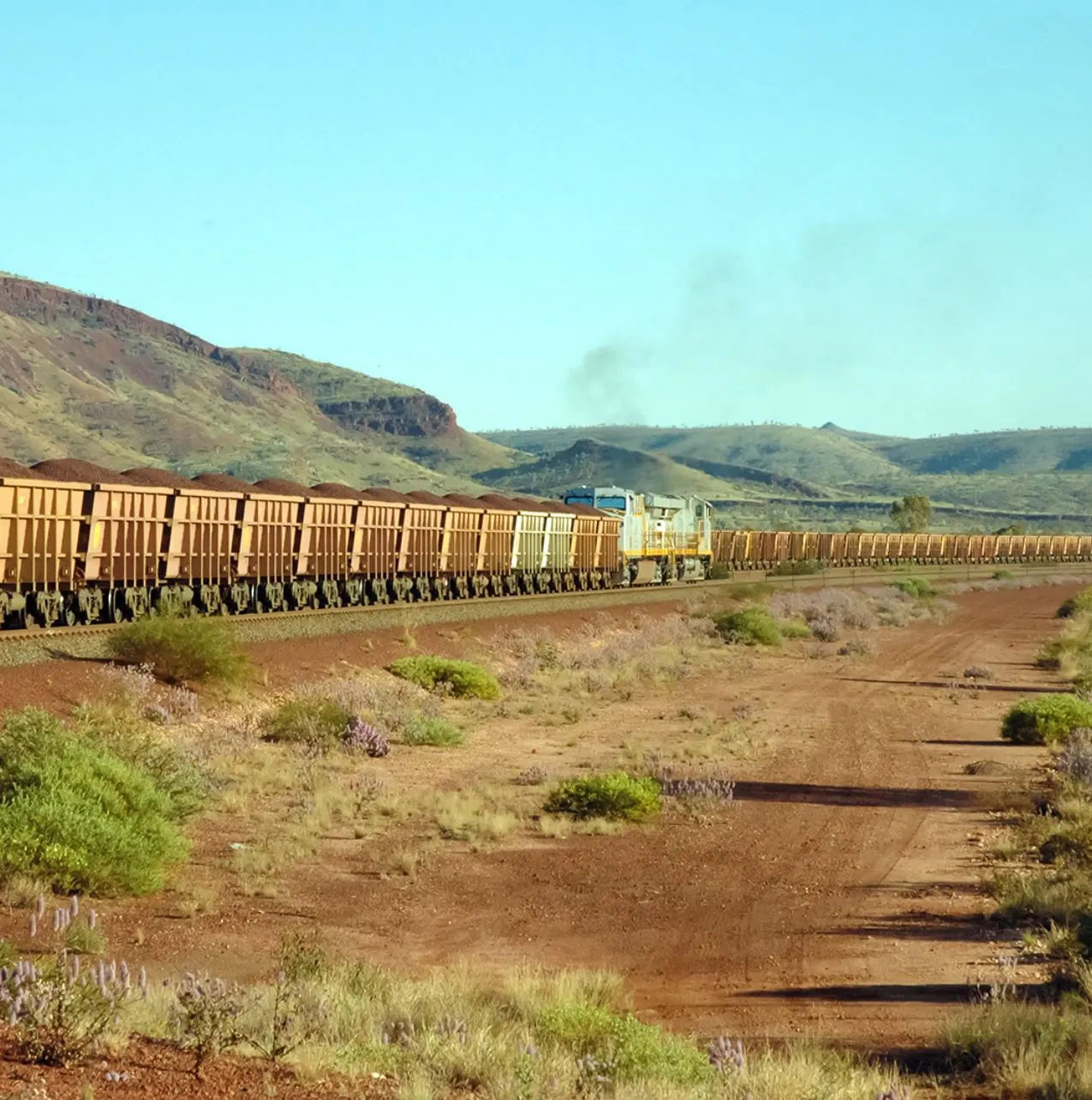
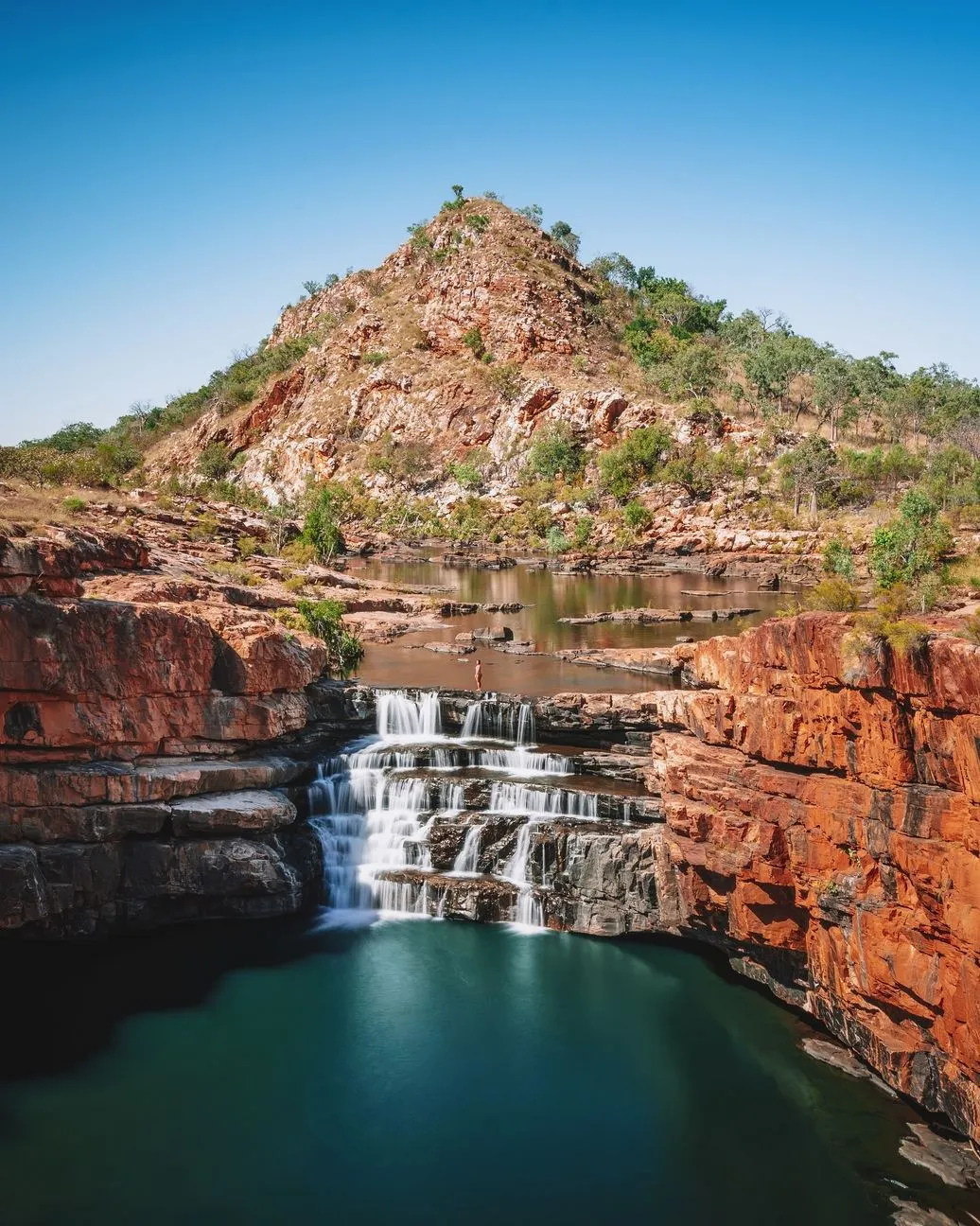
The Kimberley: Wild And Worth It
The Kimberley is WA’s frontier — remote, rugged and spiritual. Aboriginal rock art adorns caves older than European civilisation, while rivers like the Fitzroy surge and disappear with the seasons.
Top Kimberley icons:
- King Leopold Ranges: Craggy ridges with cultural significance to First Nations people.
- Lake Argyle: Australia’s largest man-made lake, more like an inland sea.
- Bungle Bungles: Beehive domes in Purnululu National Park.
- Gibb River Road: A 4WD rite of passage.
I’ve driven the Gibb and every crossing felt like rolling the dice — one tyre blowout, one croc warning, one “are we really doing this?” moment after another. But that’s the Kimberley: wild, raw and unforgettable.
The Golden Outback: Beyond The Coast
East of Perth lies the Golden Outback: wheat fields, ghost towns and big sky country. Kalgoorlie’s Super Pit still swallows haul trucks whole, while further south, Wave Rock looks like a frozen surfer’s dream.
Drive far enough and you’ll hit the Nullarbor Plain, where road trains thunder past and the horizon never bends. This is the classic cross-country stretch, linking WA to the east — flat as a pancake, rough as guts but legendary.
Outback tips:
- Carry spare fuel — some roadhouses close without warning.
- Wildflowers turn the wheatbelt into a rainbow (Aug–Oct).
- Big nights: stars shine when there’s no town light.
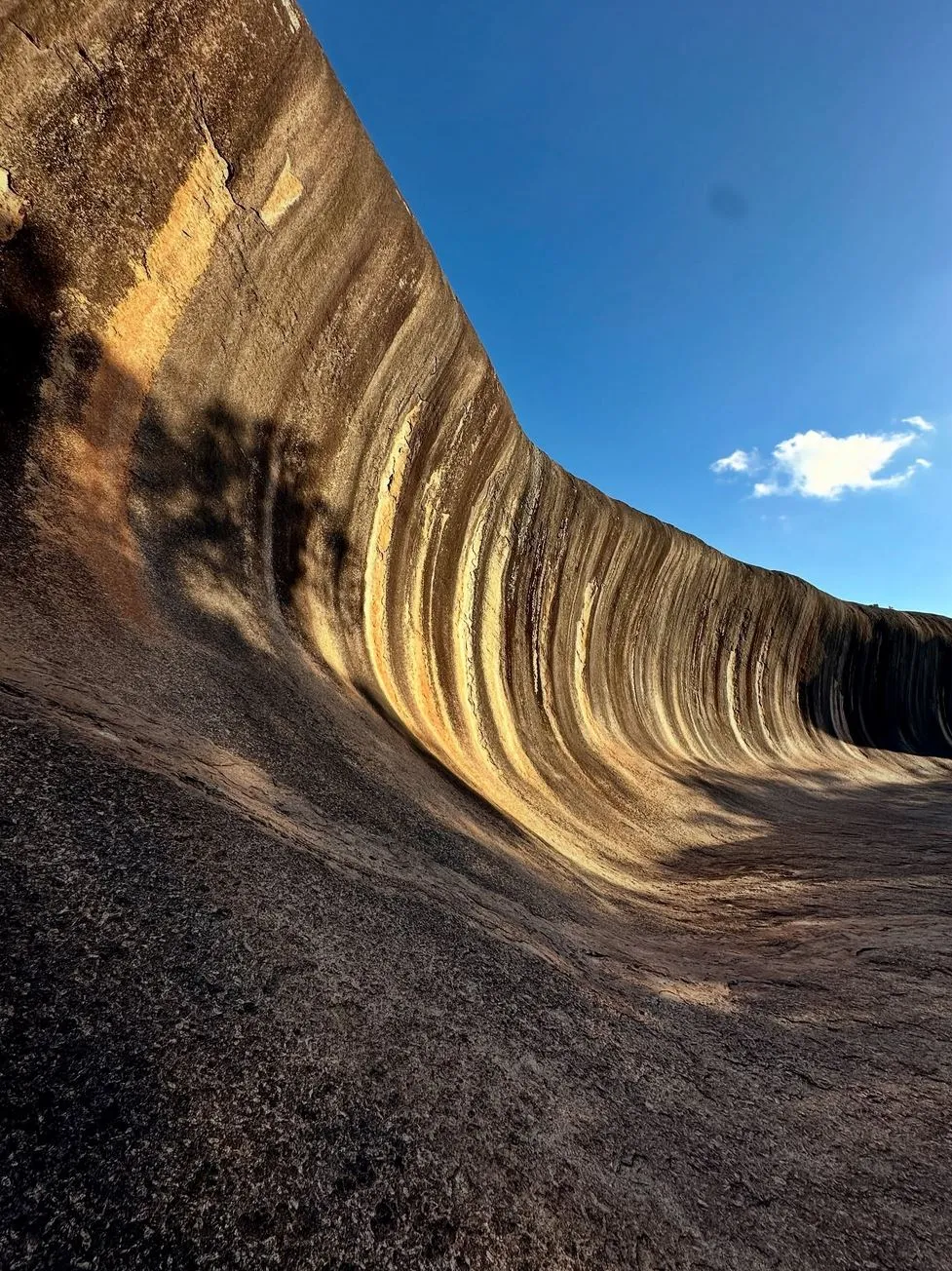
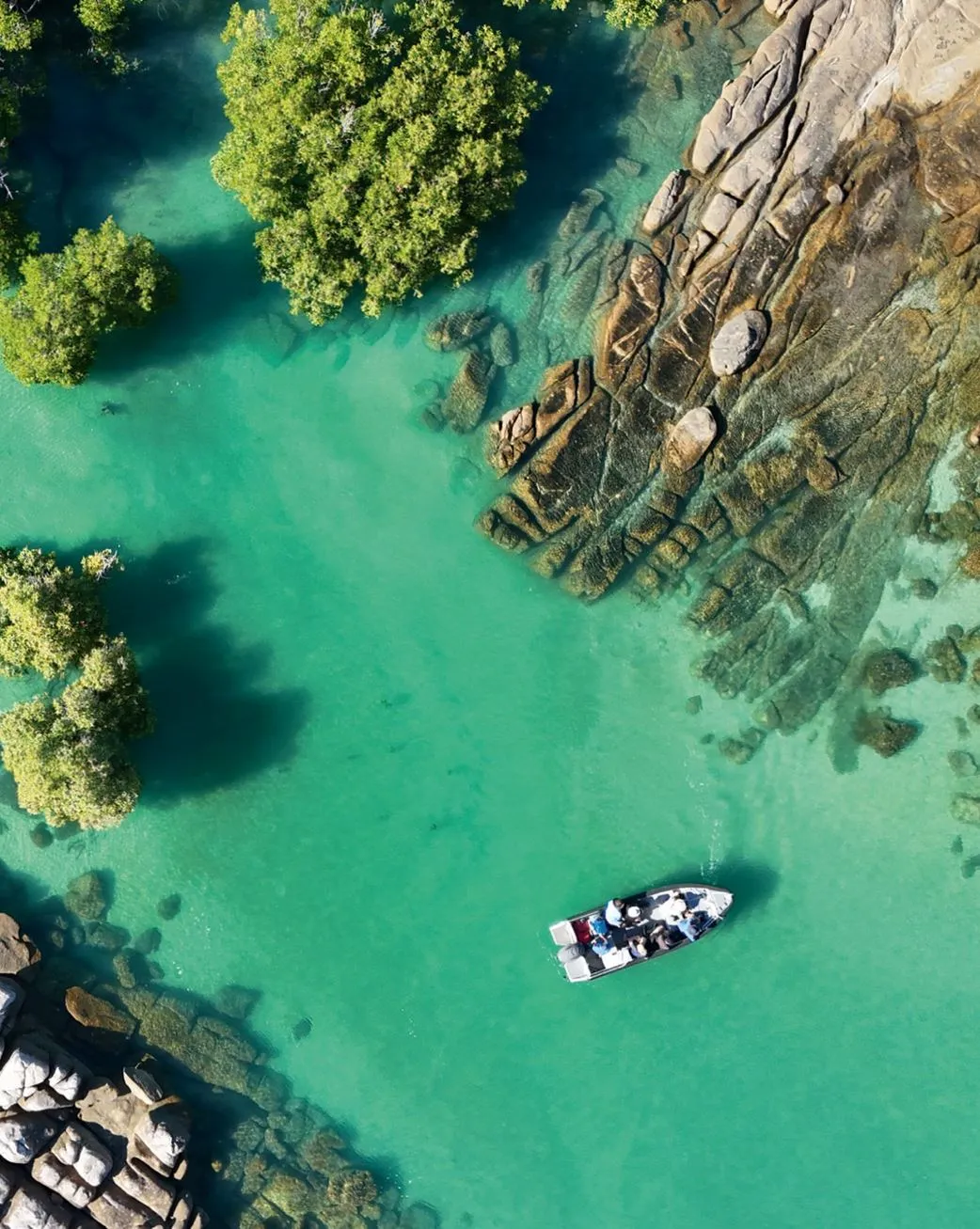
Travel Seasons And Climate Facts
Western Australia is all about climate mood swings:
- Kimberley & Pilbara: Wet season (Nov–Apr) = cyclones and road closures. Dry season (May–Oct) = safe and cool.
- Coral Coast: Whale Sharks in April; July–Oct is whale watching season. Summers are hot.
- South West: Mediterranean climate. Spring wildflowers and autumn wine harvests are the best times.
- Golden Outback: Freezing winter nights, scorching summer days.
Perth is Australia’s sunniest capital — over 3,200 hours of sunshine a year. Pack sunscreen. You’ll cook faster than a snag on a hotplate without it.
WA Travel Checklists
Road trip basics:
- 20 litres of water per person
- Spare fuel jerry can
- Two spare tyres, not one
- Satellite phone or EPIRB
- Paper maps (GPS fails, trust me)
Seasonal extras:
- Wet season: mozzie repellent, tarp for sudden storms
- Dry season: warm swag layers, dust mask for corrugations
- South West: rain jackets and thermals in winter
Accessibility tips:
- WA parks are getting more accessible with boardwalks and ramps — check WA Parks’ updates.
- The WA Museum Boola Bardip and Bunbury Dolphin Discovery Centre both have wheelchair-friendly facilities.
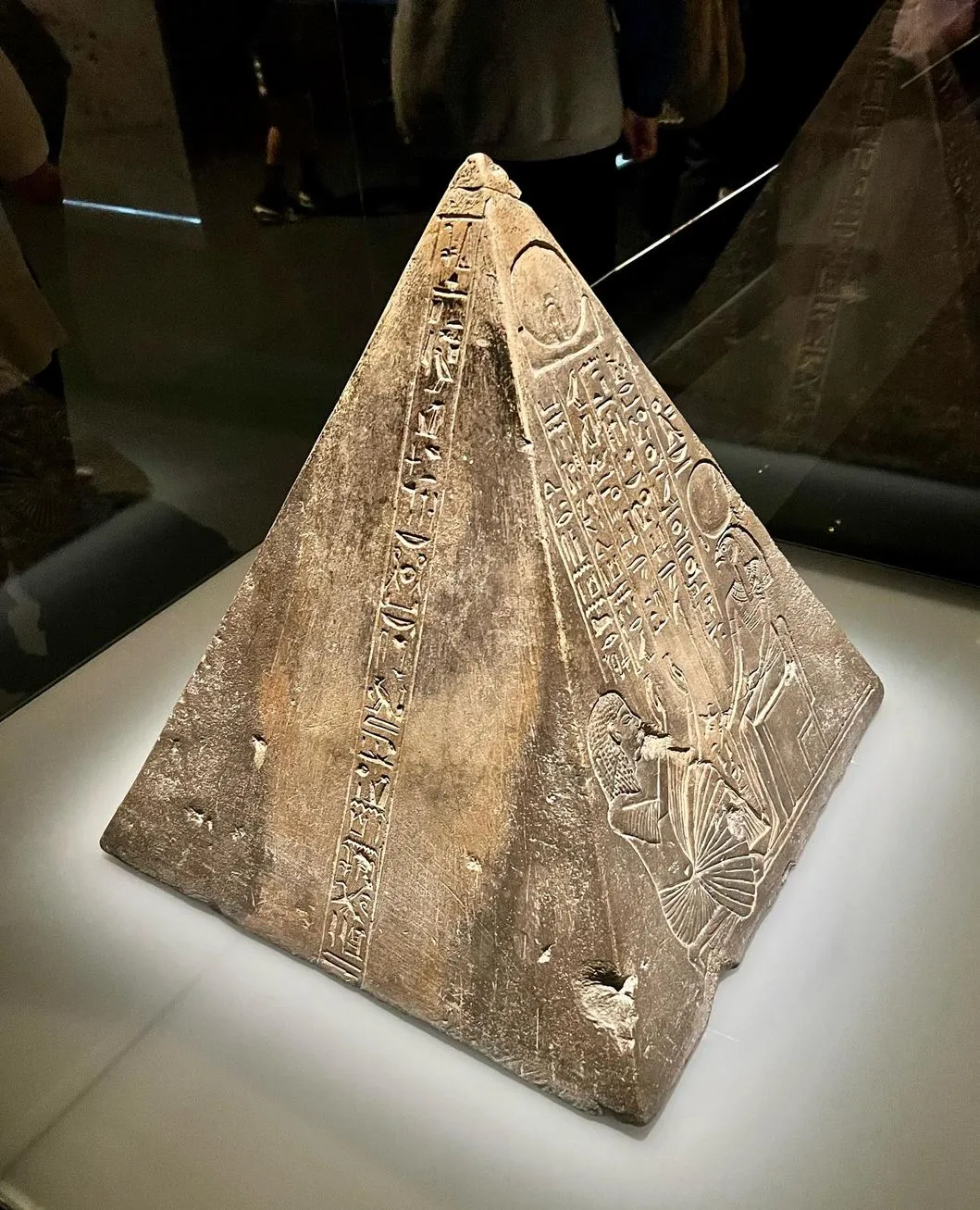
FAQ
How long do I need to travel in Western Australia?
At least two weeks for one region. To link the South West, Coral Coast, Pilbara and Kimberley? Six weeks or more.
Is it safe to drive across WA?
Yes — but plan well. Avoid night driving (roos, stock, camels), carry water and fuel, and check road conditions.
Can I swim anywhere?
South of Shark Bay, most beaches are safe. Northwards, always check for stingers and crocs. Ningaloo and Rottnest Island are generally safe with lifeguard guidance.
What’s the best season?
North: May–October. South: spring and autumn. Avoid the Kimberley in the wet unless you’re ready for closed roads.
Do I need a 4WD?
Not for Perth or the Margaret River Region. But essential for the Gibb River Road, Karijini and remote Kimberley tracks.

